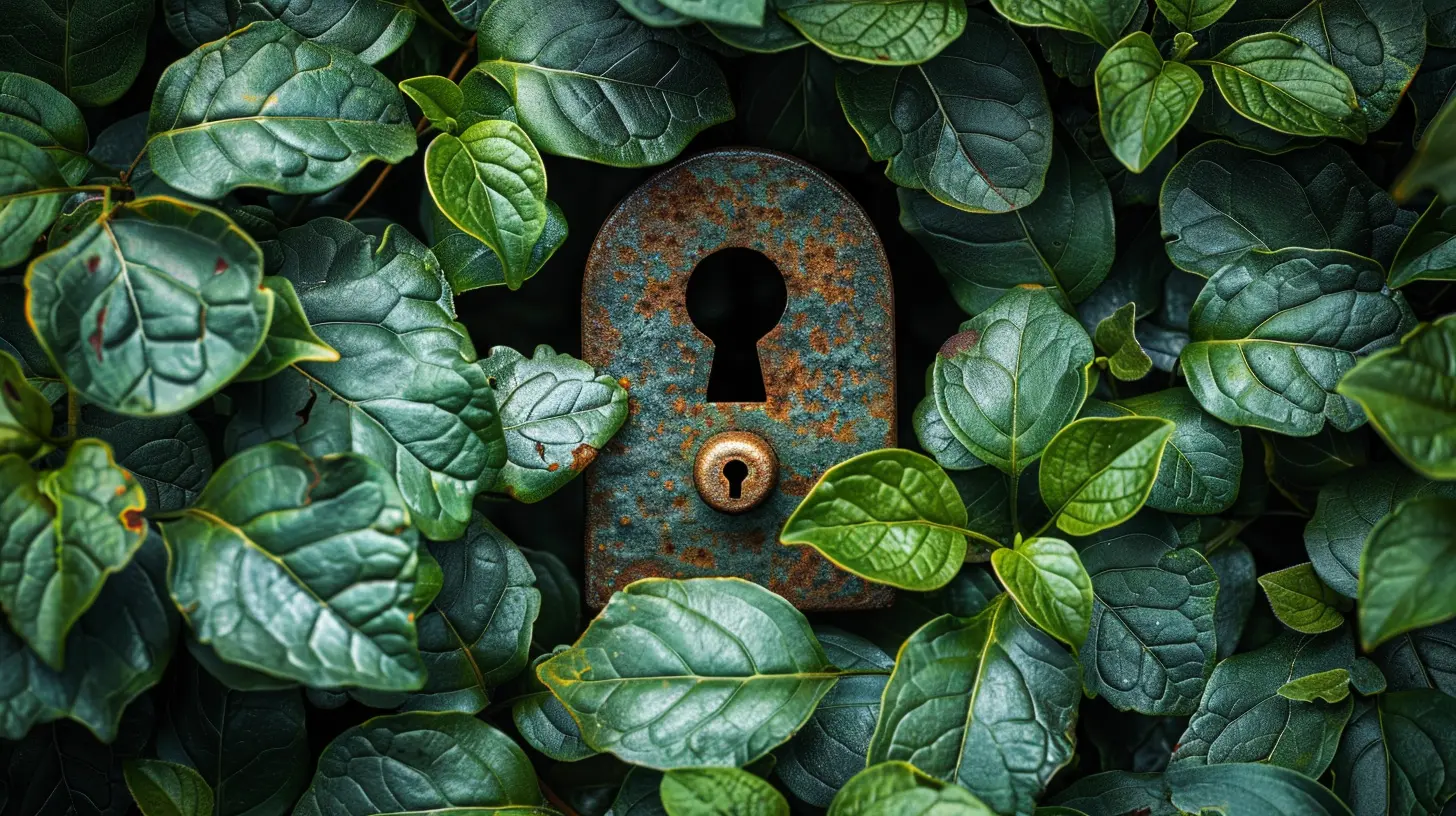10 April 2025
Retirement is supposed to be your golden years—time to relax, travel, and enjoy the fruits of your labor. But what if someone threatens your hard-earned savings? Whether it's lawsuits, creditors, or even poor financial planning, your 401(k) and IRA could be vulnerable.
So, how do you make sure your retirement nest egg stays safe? That’s exactly what we’ll tackle in this guide to asset protection for your 401(k) and IRA.

Why Is Asset Protection Important for Retirement Accounts?
Many people assume their retirement funds are untouchable. After all, they’ve spent decades building them up. But here’s the reality—your 401(k) and IRA are not automatically safe from every financial threat.Without asset protection strategies in place, your savings could be:
- Targeted in lawsuits – If someone sues you, they may try to go after your retirement funds.
- Impacted by bankruptcy – Depending on where you live and what type of account you have, creditors could come knocking.
- Lost due to poor financial planning – Investing mistakes and market downturns could eat away at your nest egg.
The good news? There are legal ways to safeguard your retirement savings. Let’s break it all down.

How Protected Are 401(k)s and IRAs from Creditors?
401(k) Plans: Strong Protection Under Federal Law
If you have a 401(k) or other employer-sponsored retirement plan, you’re in luck. Thanks to the Employee Retirement Income Security Act (ERISA), these accounts generally enjoy strong federal legal protection.What does this mean?
- Your 401(k) is shielded from most creditors. Even if you get sued or go bankrupt, most creditors can’t touch it.
- Limited exceptions exist. The only creditors who can go after your 401(k) are the IRS (for unpaid taxes) and in cases involving divorce (if a court orders a split).
So, if you’re worried about lawsuits or debts, your 401(k) is one of the safest places to keep your money.
IRAs: Protection Depends on Your State
Your Individual Retirement Account (IRA) doesn’t get the same blanket protection as a 401(k). While ERISA doesn’t cover IRAs, you do still have some legal safeguards:- Bankruptcy protection under federal law: The Bankruptcy Abuse Prevention and Consumer Protection Act (BAPCPA) shields up to $1,512,350 (as of 2024) in IRA assets from creditors if you file for bankruptcy.
- Lawsuit protection varies by state: Some states fully protect IRAs from creditors, while others offer partial or no protection at all.
This means that depending on where you live, your IRA could be at risk if someone sues you or you face financial trouble.

Best Strategies to Protect Your 401(k) and IRA
Now that we know the risks, let’s look at concrete ways to protect your retirement accounts.1. Keep Your 401(k) Intact
One of the best ways to protect your retirement savings is to keep your money inside your 401(k) for as long as possible.- When you leave your job, you might be tempted to roll your 401(k) into an IRA. However…
- An IRA might not offer the same legal protections as your 401(k).
- If your new employer offers a 401(k), consider rolling your existing funds into that instead of an IRA.
In short—don’t downgrade your legal protection unnecessarily.
2. Choose the Right State for IRA Protection
Since IRA protections vary by state, it pays to understand your state’s laws.- Some states, like Texas and Florida, offer full creditor protection for IRAs.
- Others, like California, only protect IRAs if they deem the funds “necessary” for your retirement.
If you move or retire in a different state, check how creditor protections change. This could be a game-changer for your financial security.
3. Use a Trust for Additional Protection
A trust can give your retirement assets an extra layer of security. Two common options:A Spendthrift Trust
- Shields your retirement assets from creditors by legally limiting how the assets are accessed.- Best used for estate planning, ensuring your heirs don’t blow their inheritance or fall victim to lawsuits.
An IRA Trust
- Designed to protect inherited IRAs from lawsuits and financial mismanagement.- Keeps retirement funds safe for beneficiaries (like your kids or spouse).
Setting up a trust can be complex, so it’s smart to consult a financial advisor and estate planning attorney.
4. Watch Out for Fraudulent Transfers
Ever heard of the phrase “too little, too late”? If you try to move assets out of your name once a lawsuit or bankruptcy is on the horizon, it could be considered a fraudulent transfer.- Courts might reverse any last-minute transfers you make to avoid creditors.
- Instead of scrambling in a crisis, set up protections well in advance.
Lesson? Plan ahead, don’t wait until trouble comes knocking.
5. Protect Your 401(k) and IRA from Divorce
Divorce can be financially devastating, and your retirement savings could be fair game during asset division.- Prenuptial agreements can be a good strategy to protect your 401(k) and IRA.
- If you’re already married, a postnuptial agreement can still help define financial boundaries.
- Some states follow community property laws, meaning your spouse could be entitled to half of your retirement savings.
If your marriage is rocky, get professional legal advice to protect your assets.
6. Convert Traditional IRAs to Roth IRAs
A Roth IRA offers some unique advantages for asset protection:- You pay taxes upfront, meaning there’s no required minimum distribution (RMD) later.
- If you face a financial crisis, a Roth IRA lets you withdraw contributions penalty-free.
While a Roth IRA doesn’t provide direct legal protection against creditors, it can offer greater flexibility in managing financial risks.

Final Thoughts
Your retirement savings are your financial lifeline for the future—don’t let creditors, lawsuits, or poor planning put them at risk.By keeping your funds inside a 401(k) when possible, understanding IRA protections by state, using trusts, and planning ahead, you can fortify your retirement nest egg against potential threats.
Bottom line? Protecting your 401(k) and IRA isn’t just about growing your savings—it’s about keeping them safe for when you need them most.




Evelyn Warner
Secure your golden years while keeping your future bright! Remember, protecting your 401(k) and IRA isn’t just adulting—it’s a financial superhero move! Like a trusty umbrella on a rainy day, these safeguards ensure your retirement dreams won’t get washed away. So, let’s shield that nest egg with style! 🥚✨
April 14, 2025 at 10:24 AM